How to Use DBT to Get Actionable Insights from Data?
Workfall
JULY 4, 2023
Imagine a team of skilled data engineers on an exciting quest to transform raw data into a treasure trove of insights. With DBT, they weave powerful SQL spells to create data models that capture the essence of their organization’s information. The data warehouse, role, database, schema, credentials, etc.

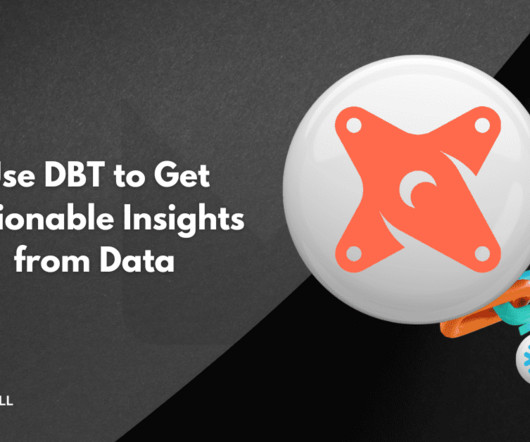
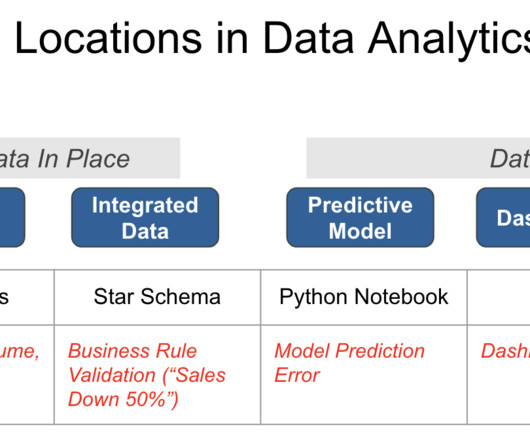
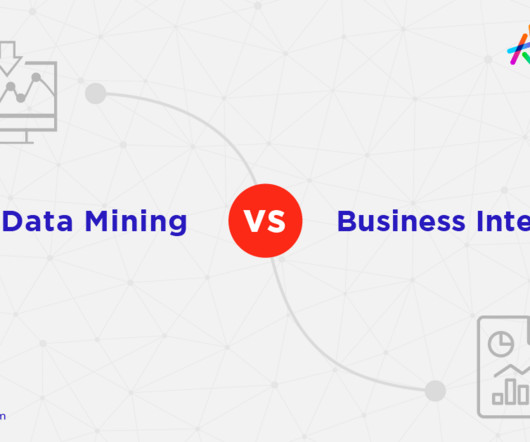
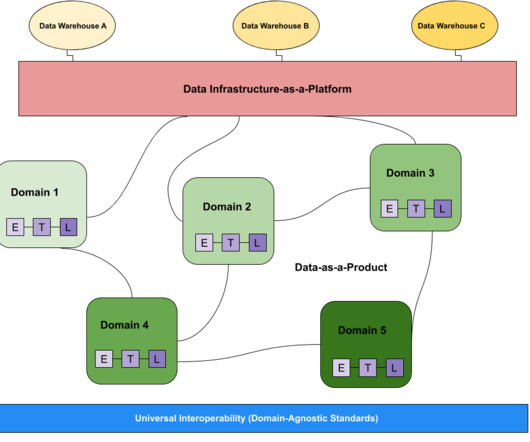



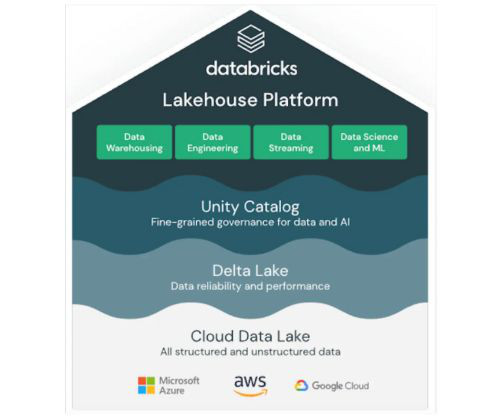
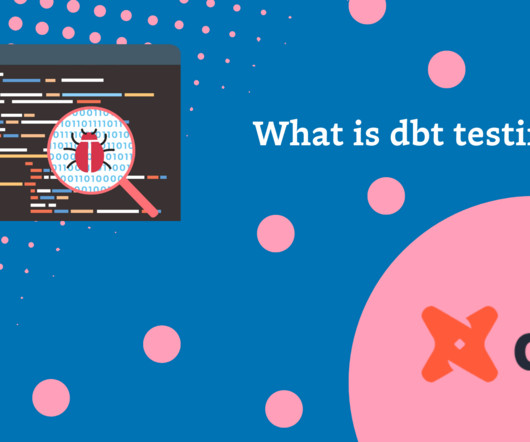






Let's personalize your content